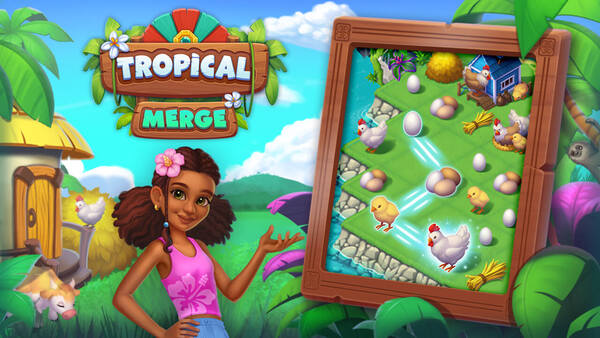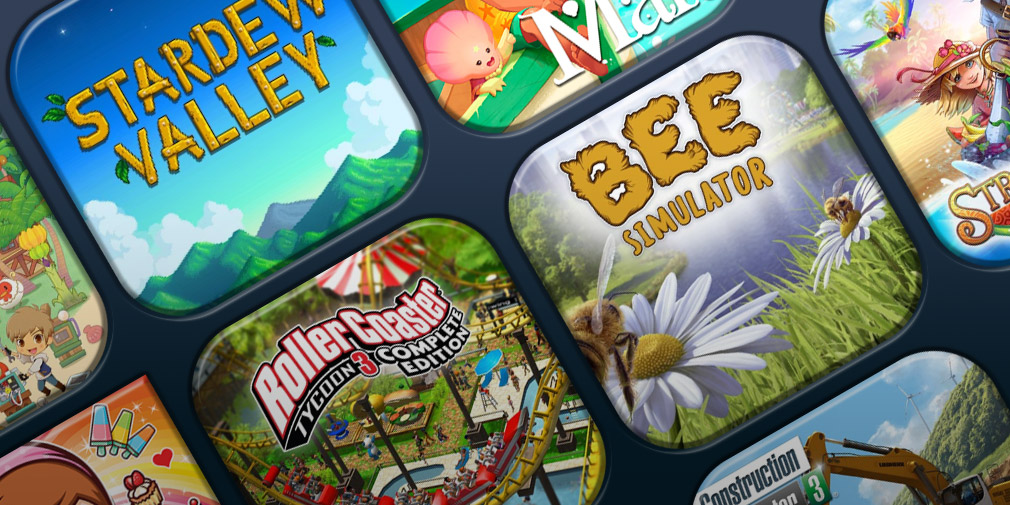Core Keeper is a pixel-art sandbox adventure game developed by Pugstorm and published by Fireshine Games. Released initially in early access in 2022, the game combines elements of survival, exploration, and base-building within a mysterious, procedurally generated underground world. Its compelling mechanics and community-focused gameplay have earned it a loyal following in the indie game space. With influences ranging from Terraria and Stardew Valley to Minecraft and The Legend of Zelda, Core Keeper delivers a unique and highly engaging experience. This article takes a comprehensive journey through the development, gameplay, features, community, and future of Core Keeper, analyzing both its strengths and areas for improvement.
1. Origins and Development
The Team Behind Core Keeper
Core Keeper was developed by Pugstorm, a Swedish indie studio passionate about creating engaging pixel-based experiences. The development was supported by publisher Fireshine Games, which helped bring the project to life on digital distribution platforms like Steam.
The Early Access Launch
The game entered early access in March 2022, offering a robust yet incomplete version of its gameplay. This decision allowed developers to gather valuable feedback from the community, iterate on features, and expand the game’s content over time.
Key Development Choices
- Procedurally generated maps for endless replayability
- Focus on co-op multiplayer and community-driven updates
- Prioritization of exploration and emergent storytelling
2. Core Gameplay Mechanics
Mining and Exploration
Players awaken deep underground with no memory and a mysterious Core at the center of their base. Gameplay centers on mining resources, uncovering biomes, and surviving environmental hazards. The darkness of the world forces strategic torch placement and exploration pacing.
Crafting and Building
Crafting is central to progression, enabling players to build tools, armor, and elaborate bases. The system is intuitive yet deep, encouraging experimentation with materials and layouts.
Standout Gameplay Elements
- Digging and terraforming for player agency
- Expanding tech trees and equipment
- Environmentally driven enemy behavior and obstacles
3. Biomes and Environmental Diversity
Unique Biomes
Core Keeper features distinct biomes, each with unique enemies, terrain, resources, and aesthetics. From the slime-ridden Dirt Biome to the technologically advanced Azeos’ Wilderness, each area offers new challenges and materials.
Environmental Storytelling
The environment tells its own stories through remnants of ancient civilizations, broken machinery, and forgotten relics. Players uncover lore and secrets organically as they explore.
Examples of Biomes
- The Dirt Biome (starter zone)
- The Forgotten Ruins (tech-heavy hazards)
- Azeos’ Wilderness (nature meets technology)
4. Combat and Boss Fights
Real-Time Combat System
Combat in Core Keeper balances timing, positioning, and equipment selection. Players can use melee, ranged, or magical attacks depending on their preferred build and available gear.
Epic Boss Battles
Major bosses like Glurch the Abominous Mass and Azeos the Sky Titan are strategically challenging and rewarding. They serve as progression milestones and unlock new Core powers.
Combat Strategies
- Timing dodges and reading enemy patterns
- Buffs and potion use for preparation
- Building traps and arena modifications
5. Co-op Multiplayer Dynamics
Team-Based Exploration
Core Keeper supports up to 8-player co-op multiplayer, making it ideal for group play. Friends can divide tasks, such as mining, crafting, and combat, creating efficient workflows and enhancing social engagement.
Community Building
Online multiplayer communities have built entire cities underground, sharing resources and organizing group boss raids. These emergent interactions showcase the game’s potential for collaborative creativity.
Benefits of Multiplayer
- Efficient task distribution
- Shared resources and knowledge
- Dynamic team strategies for bosses and exploration
6. Customization and Progression
Character Skills and Stats
Players level up passive skills through use, such as running, crafting, mining, and combat. This RPG-lite system personalizes the playstyle organically.
Gear and Base Design
Players can craft unique outfits, weapons, and accessories. Base aesthetics are also customizable, allowing for a blend of functionality and artistic expression.
Personalization Tools
- Crafting benches and workstations
- Decorative items and lighting setups
- Skill trees and stat boosts through food
7. Farming, Fishing, and Side Activities
Beyond Mining
Farming plays a significant role in sustaining your explorer. You can cultivate crops, raise livestock, and automate harvests with the right tools. Fishing offers both food and collectible treasures.
Life Simulation Elements
These peaceful mechanics offer a respite from combat and digging, adding a layer of life simulation similar to Stardew Valley.
Leisure Systems
- Variety of crop types with growth cycles
- Rare fish species with biome specificity
- Cooking system for buffs and healing
8. Modding and Community Content
Modding Support
While still evolving, modding is gaining traction within the Core Keeper community. Tools and APIs are slowly being developed to allow user-generated content.
Fan Creations
From art to in-game builds, fans of Core Keeper have taken to social media to showcase incredible creations and mods, enriching the game’s culture and longevity.
Notable Community Contributions
- Quality-of-life mods (e.g., mini-map enhancements)
- Custom bosses and items
- Shared world seeds and lore theories
9. The Future of Core Keeper
Roadmap and Upcoming Features
Pugstorm has laid out an ambitious roadmap that includes new biomes, NPCs, automation systems, and cross-platform support. Seasonal events and challenges are also planned to keep the game fresh.
Potential for Longevity
Given its active development and flexible sandbox structure, Core Keeper has the potential to become a long-lasting staple in the indie game genre. Its blend of creative freedom and survival challenge is a formula with broad appeal.
What to Expect
- Crossplay support and console releases
- Enhanced AI and procedural storytelling
- Community events and modding tools
Conclusion:
Core Keeper represents the best of indie game development: creativity, community, and compelling design. It taps into the joy of discovery, the satisfaction of creation, and the excitement of challenge. While it still has areas to refine, particularly in balancing and narrative cohesion, its foundation is remarkably strong. With a committed player base and an attentive dev team, Core Keeper is not just a game—it’s an evolving world with limitless potential. For fans of sandbox exploration and cooperative survival, it offers one of the most rewarding underground adventures in gaming today.





























